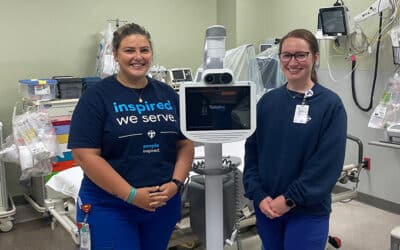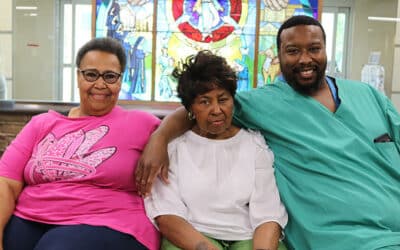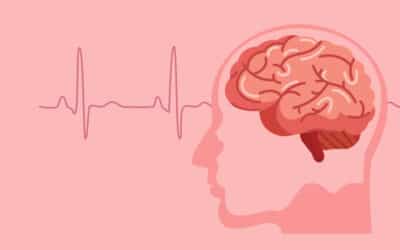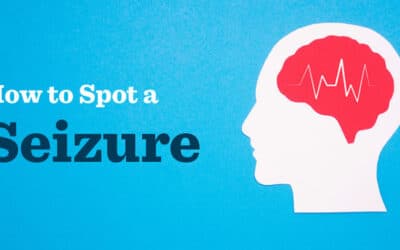At 49, Shannon's life took an unexpected turn when a stroke struck without warning. “When I woke up, I was not able to move. I tried to...
Neuroscience Articles
The Power of Prompt Action: A Stroke, Fast Treatment and Recovery at St. Francis Medical Center
Although Ms. Willie Mae Davis downplays her experience of having a stroke last November at her home in Bosco, her story is a testament to...
Daughter’s Quick Thinking Leads to Father’s Stroke Recovery
Picture a typical Sunday morning in December. A dad is making breakfast for his daughters before his youngest’s final “Mississippi Ballet...
Protect Your Brain: Understanding Stroke Signs, Treatment and Prevention
Stroke is a leading cause of death in Mississippi and Louisiana, but learning the signs, symptoms and risk factors for stroke can save...
Beyond Age: Stroke Risk and TIAs in Younger People
While strokes are most commonly associated with older people, it’s a misconception that they only happen to the elderly. Data shows that...
Stroke Demographics: Who Is Most at Risk and Why?
Several factors increase a person’s risk of having a stroke, and age is the biggest. Stroke risk increases as a person gets older, but...
Reducing Stroke Risk During Pregnancy
Pregnancy-related strokes are among the most common causes of serious, long-term disability after pregnancy. Fortunately, they are rare,...
How to Help During a Seizure
Seizures occur when there are quick changes in the electrical activity in the brain. They may affect both sides of the brain or only one...
How to Spot a Seizure
Because seizures can happen at any moment with little warning, it's important to understand what to do if you're around someone who is...









